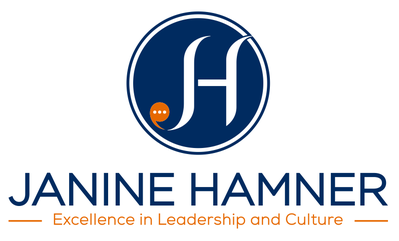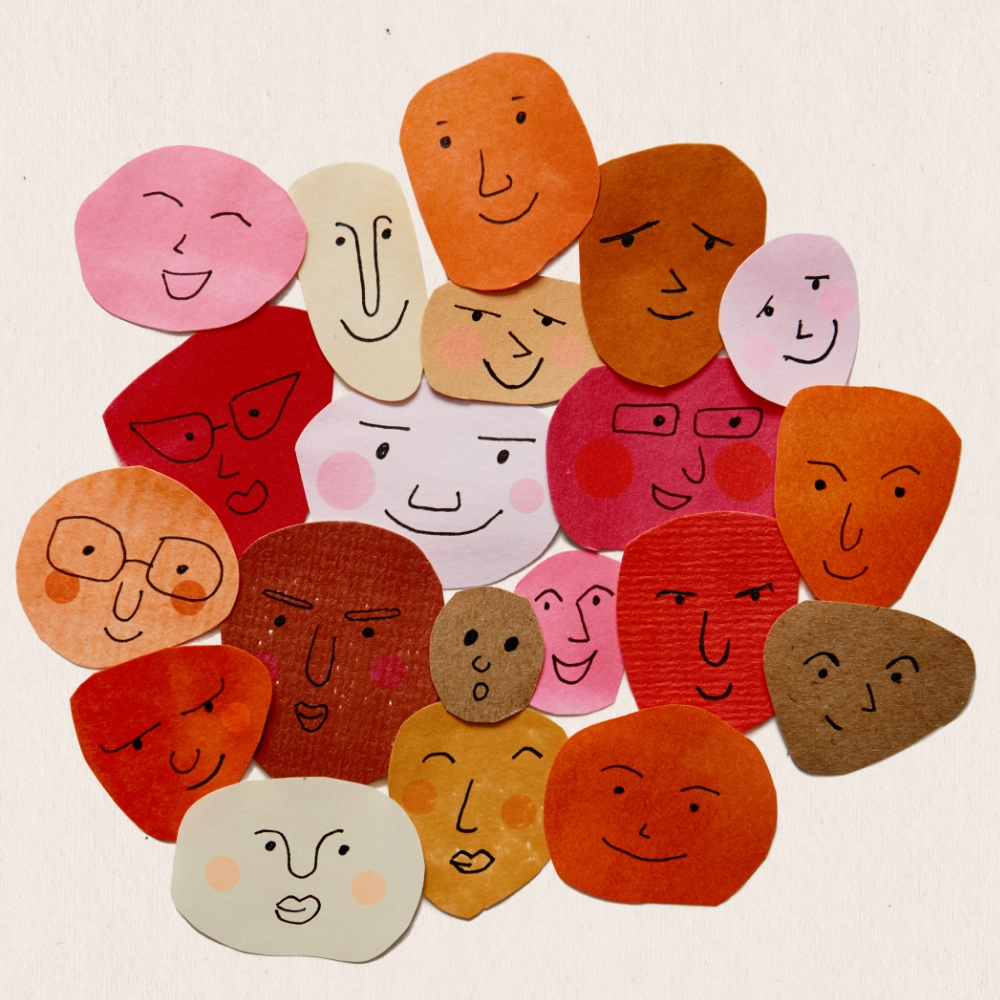Some news that will be shocking to no one – the world in which we live is very polarized and it’s having an impact on the culture of many organizations. One of the ways in which the world writ large is affecting the world of work is around diversity, equity, inclusion and belonging, otherwise known as DEI&B. If you follow politics, you’re aware that many have been making this issue a political one. With a fair amount of success.
 What may be especially surprising, however, is that their efforts have largely been ineffectual when it comes to the behavior of companies and other kinds of organizations where people work! Based on the numerous news reports, it would be quite reasonable for people to assume that DEI&B had suffered a quiet demise. Instead, according to a new report by released by Chief, 80% of organizations remain committed to DEI&B efforts. Within that 80%, the largest percentage – 44% – will be increasing their DEI&B work and/or developing new initiatives within their already existing workaround DEI&B. 36% are continuing at their current levels with this work. And the smallest percentage, only 20%, will either scale back or eliminate their DEI&B work. Even more striking was information contained in information from the employment law firm Littler Mendelson which stated that 91% of the 320 executives surveyed said that the SCOTUS ruling against Harvard and the University of North Carolina had not lessened their prioritization of DEI; 57% said they had actually expanded their DEI&B work in the last 12 months.
What may be especially surprising, however, is that their efforts have largely been ineffectual when it comes to the behavior of companies and other kinds of organizations where people work! Based on the numerous news reports, it would be quite reasonable for people to assume that DEI&B had suffered a quiet demise. Instead, according to a new report by released by Chief, 80% of organizations remain committed to DEI&B efforts. Within that 80%, the largest percentage – 44% – will be increasing their DEI&B work and/or developing new initiatives within their already existing workaround DEI&B. 36% are continuing at their current levels with this work. And the smallest percentage, only 20%, will either scale back or eliminate their DEI&B work. Even more striking was information contained in information from the employment law firm Littler Mendelson which stated that 91% of the 320 executives surveyed said that the SCOTUS ruling against Harvard and the University of North Carolina had not lessened their prioritization of DEI; 57% said they had actually expanded their DEI&B work in the last 12 months.
What didn’t come as a surprise is that organizations are rethinking how they talk about DEI&B, how they prioritize speaking about inclusion and belonging over speaking about diversity and equity, and how practitioners in the industry are starting to order the letters differently.
A pause for a moment to talk about the “B” – belonging. You may be wondering how and when belonging got into the mix. The concept of “belonging” became more prominently included in discussions about DEI in recent years, with its significance rising notably over the past two years. The inclusion of “belonging” to the DEI framework reflects a deeper and more nuanced understanding of what it takes to foster truly inclusive environments where people experience feelings of belonging.
When George Floyd was murdered in 2020, it propelled DEI into the forefront of many organizations. Coupled with the effects of COVID in accelerating changes to organizational cultures, and the pressure from the Millennial and Gen Z generations in the workplace to have work that is meaningful and a work culture that cares about them as individuals, DEI took a place of prominence in many organizations. Initially, many organizations focused on diversity, which primarily involves the representation of various under-included demographic groups.
Over time, the focus expanded to include not only the presence of diverse individuals but also the creation of equitable systems and inclusive cultures where every individual feels valued and respected. The addition of “Belonging” addresses the emotional and psychological aspects of workplace culture. It goes beyond just being included and embraces people experiencing themselves as an integral part of the team or organization. The emphasis on belonging highlights the importance of creating environments where people feel secure, supported, and engaged.
 Research, like this that was recently released by Quantum Workplace, has shown that when employees feel a sense of belonging, they are more productive, motivated, and likely to remain with an organization. This realization has led companies to strive not just for diversity and inclusion, but for a deeper sense of belonging that affects overall employee satisfaction and performance.
Research, like this that was recently released by Quantum Workplace, has shown that when employees feel a sense of belonging, they are more productive, motivated, and likely to remain with an organization. This realization has led companies to strive not just for diversity and inclusion, but for a deeper sense of belonging that affects overall employee satisfaction and performance.
With the impacts of the COVID Pandemic and the rise in understanding of the importance of mental health in the workplace, organizations have begun to recognize that inclusion strategies must ensure that individuals not only have a seat at the table but also feel that their presence and contributions are valued, aiming for a more comprehensive and transformative impact on organizational culture.
I was recently hired to deliver a keynote by a mission-driven international organization with about 100,000 employees. I was approached by the head of their DEI division wanting me to talk about the importance of mutual respect and civility. As we discussed my talk, I said to their team of five leaders, “What it sounds like to me is that you need me to focus on listening and respect, through the lens of DEI&B.” The Chief of Diversity responded, “I can’t believe that I’m saying this, but I don’t need it through a DEI&B lens. Talking about Inclusion is great. And I think we want to leave out anything about diversity. We are inherently a diverse organization so I don’t think you need to focus on that.”
 This change in their focus echoes a recent The Washington Post article focusing on the rebranding, evolution, and transformation of DEI&B. In the article, Johnny C. Taylor Jr., the CEO of the Society for Human Resource Management (SHRM) is quoted as saying, “…practitioners of DEI and its antecedents traditionally have focused on improving representation for historically marginalized groups, believing that was ‘the magic bullet.’ We underestimated that inclusion was the real challenge. Now people are saying, ‘Not only should we probably call it something different, we should probably evolve it.’”
This change in their focus echoes a recent The Washington Post article focusing on the rebranding, evolution, and transformation of DEI&B. In the article, Johnny C. Taylor Jr., the CEO of the Society for Human Resource Management (SHRM) is quoted as saying, “…practitioners of DEI and its antecedents traditionally have focused on improving representation for historically marginalized groups, believing that was ‘the magic bullet.’ We underestimated that inclusion was the real challenge. Now people are saying, ‘Not only should we probably call it something different, we should probably evolve it.’”
So, many organizations are instead focusing on inclusion and belonging, staying away from language around diversity and equity. At the same time, others are continuing to tout the business case for diversity, citing studies like a 2023 study by McKinsey & Co. that demonstrated that companies with the highest racial, ethnic and gender representation are 39% more likely to financially outperform or data from Deloitte, 69% of millennial and Gen Z employees are more likely to stay for five or more years at a company with a diverse workforce – with Glassdoor research adding that 76% of employees cite DEI in strategy as “non-negotiable.”
For organizations shifting away from specific DEI language, many talk about ESG work (Environmental Social Governance) instead. PWC’s page focuses on purpose, values, DEI, social responsibility, and environmental sustainability. Cisco’s DEI work is under their ESG reporting hub under the “people” tab. The Harvard Business Review has numerous articles on inclusion on their “diversity and inclusion page.” Visa’s page on diversity is actually all about inclusion.
In the aforementioned article from the Washington Post, they write, “Eli Lilly scuttled DEI from its proxy statement this year and dropped mentions of ‘racial justice’ — from eight times in 2023 to one in 2024. It also eliminated a section on progress toward meeting its racial justice commitments, which had been included in 2023… [Eli Lilly] said it removed the references to DEI ‘to avoid redundancies in reporting.’ Information about the company’s diversity efforts and racial justice commitments are detailed in its latest ‘ESG report’ as well as in a separate DEI report published last fall.”
Molson Coors erased DEI references from its ‘People & Planet’ metrics, a change from 2023. This year, it says, fostering an ‘inclusive culture’ is central to its efforts. Korn Kerry’s page on DEI mostly talks about how they “access and develop inclusive leaders,” “help everyone develop inclusive behaviors,” and “build inclusive organizations that last.”
Not to toot my own horn… but… I just went to my speaker website https://JanineHamner.com to see what’s on my speaker page under DEI work (I wrote it before we were talking about the “B”!). The last update to this section of my website was on 1.10.22 (yes, it’s time for an update! And, I know all you Members of the Grammar Police, I shouldn’t have written “create” two times in the same sentence – separated by only one other word! Sloppy!). Anyway, here’s what it says,
 In being a diversity equity and inclusion keynote speaker for organizations globally, Janine describes how part of the challenge is that people perceive that diversity, equity and inclusion are ultimately an HR issue: you hire people different from the norm and, presto, diversity! This has been the approach adopted by most organizations for the past 50 years and it’s a recipe for failure.
In being a diversity equity and inclusion keynote speaker for organizations globally, Janine describes how part of the challenge is that people perceive that diversity, equity and inclusion are ultimately an HR issue: you hire people different from the norm and, presto, diversity! This has been the approach adopted by most organizations for the past 50 years and it’s a recipe for failure.
The reality is that we need to work on equity and inclusion BEFORE we work on DE&I. The biggest obstacle to success in diversity, equity and inclusion initiatives is in neglecting to create the circumstances inside organizations such that we celebrate and are welcoming of all backgrounds and perspectives…prior to bringing in new people. Without it, people quit, and we’re left constantly hiring for diversity or, worse, defending our DE&I initiatives on social media, with our boards, or in interviews where we’re trying to hire world-class talent.
In her role as a diversity equity and inclusion keynote speaker, Janine also delves into looking at how the strategies that we often create to create inclusion are effectively pushing people further apart!
I am 100% sure that I wasn’t the only person at the beginning of 2022 singing this song… and I’m thrilled that the world is catching on.
Whether for political, legal, or other reasons or just, as Johnny C. Taylor of SHRM suggested, we now need to evolve the way organizations work on DEI&B. By going in through the inclusion and belonging door, we get away from the legal and political pitfalls… and we get to do the actual work to have our organizations be places where people are excited to work, where they are seen and known as their best selves, and where they get to contribute great things.



